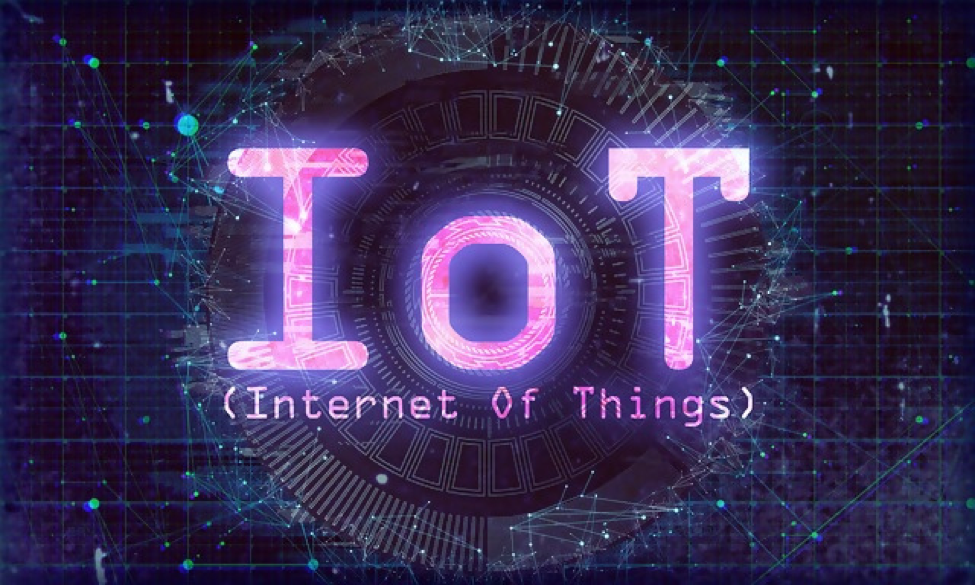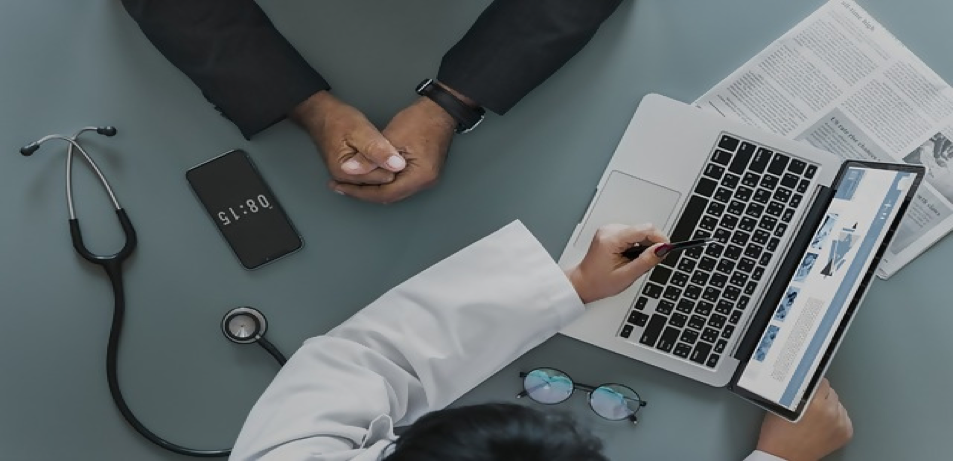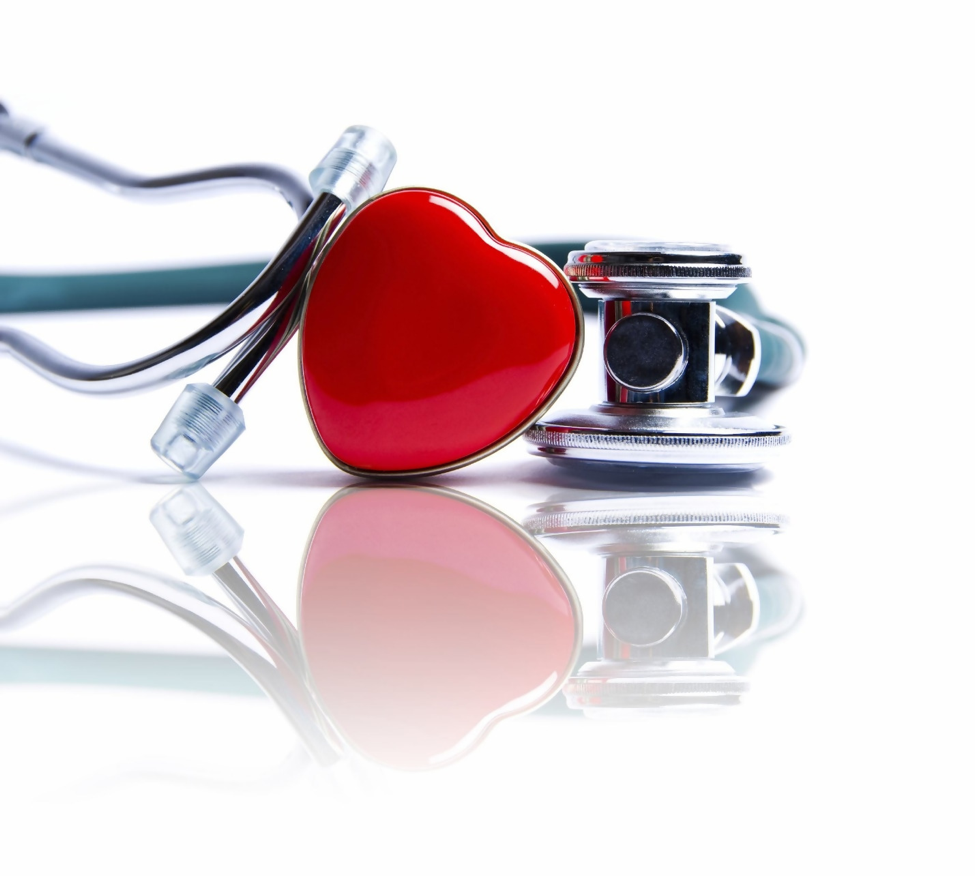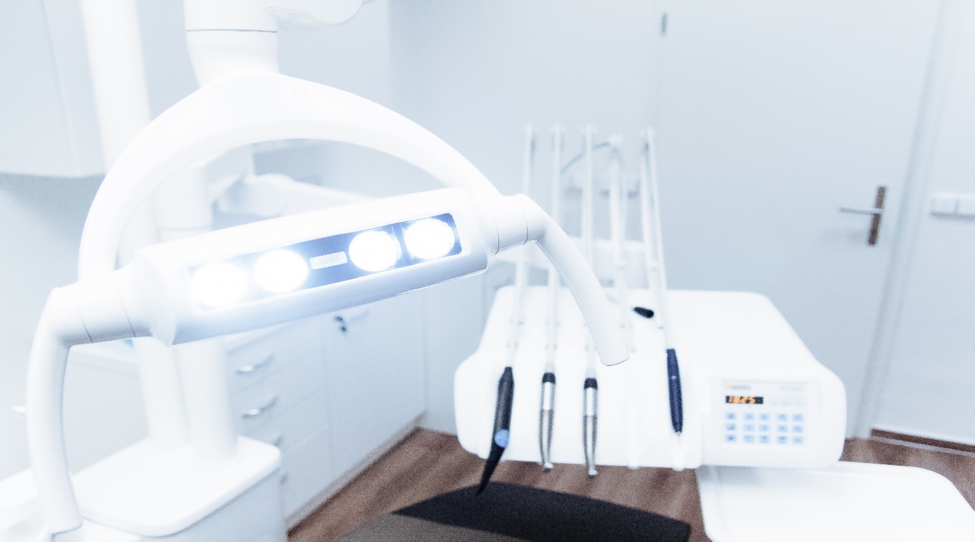It is difficult to imagine modern medicine without the latest technologies, which are becoming one of the main tools of today’s healthcare system. The digital world has brought doctors innovations that can radically change the system of medical care and disease prevention.

This area was one of the first to use the capabilities of the Internet of Things (Internet of Things, IoT), and all kinds of “smart” devices have already become an integral part of the functioning of many clinics and hospitals.
Keep reading and you will know how the introduction of advanced IoT technologies in the field of medicine is helping modern medical science.
”
”
”
Benefits of medical IoT
The introduction of IoT in themedical industry has the following various advantages.

Then it is easy to test values that”‹”‹can be easily graphed and analyzed. In addition, it is possible to use it for research of new treatments by utilizing big data that collects many numerical values.
”
Medical devices and other devices using IoMT technology can be divided into the following types:
Diagnostic: tonometer, urine analyzer,ultrasound apparatus, glucometer, thermometer, uroflow meter, and many others.This is the most famous and understandable for doctors’ class of devices that have a long clinical history of use and which, thanks to the technology of theInternet of things, are becoming widely available to users.
Preventive(or for maintaining a healthy lifestyle): fitness trackers, scales with the definition of the composition of adipose tissue, devices for determining calorie content and harmful substances in foods, etc.
Such solutions are usually acquired and applied by users who monitor their health without the active participation(appointment) of doctors or medical personnel. However, these devices can have a very large impact on the collection of “big data” that are directly related to health, preventive medicine.

Medical: an insulin pump, a clever “pillbox”that controls the administration of drugs, etc. For such devices, the safety requirements are as high as possible, since they directly “participate” in the treatment process. Any technical errors and malfunctions can significantly affect the patient’s health.
Rehabilitation: devices that accelerate the patient’s recovery, help to carry out the program of rehabilitation measures in ordinary life. Also, improve the quality of life after serious illnesses.
There is no doubt that the same device or solution can fall into several points of this classification simultaneously.
”
Issues of introducing IoT in medical care
There are several challenges to the introduction of IoT in medicine.
1. Security measures are required
The first point to consider is security measures. Medical data including test values ”‹”‹are highly confidential personal information. They are often directly related to the lives of individual patients and have a high value.
In addition, there is a possibility that hacking may cause information leakage and alteration of test values, which may lead to medical accidents.
2.Sharing issues
As an advantage of digital data conversion, data sharing can be facilitated. However, against the backdrop of high interest in protecting personal information, some people may have psychological resistance to data exchange between multiple medical institutions and doctors. It is necessary to handle the data with prior explanation and consent.

3.Some areas that are difficult to introduce
In the medical field, telemedicine robots that can be operated by the remote operation have appeared and are spreading. However, remote surgery is currently difficult to introduce into surgical treatment due to a lack of training and legislation for doctors.
On the other hand, it can be said that there are few barriers to the introduction in order to enhance care at home and medical institutions. When it is necessary to examine detailed medical reports closely related to a patient then it is difficult to do it. In such a situation, further introduction and research are expected in the future.
”
”
”
”
”
”
”
Examples of IoT use in medicine
1.Home health monitoring
Smart bracelets not only increase the effectiveness of the physical activity but also allow doctors and relatives to remotely monitor the patient’s health. Thanks to fixed indicators and telemedicine, diagnostics can be carried out remotely, saving time and effort.
Today, many wearable gadgets are being created to monitor important health indicators. So, Cambridge Consultants released the Flow Health Hub device, which measures the level of pressure, cholesterol and the amount of sugar in the blood. This device directly communicates with the attending physician of the patient, informing him of the above data.
2.Real-time physical condition management with ICT devices
Nursing care beds used at nursing care sites are equipped with functions that let staff stations know when the clinical time has passed and when patients wake up from the bed.

In the medical field, the “Smart BedSystem” is used, which can measure not only the pulse rate and breathing of sleeping patients but also sleep and awakening.
Share data with nurse centers and electronic medical records.
Wearable devices that can be worn on the wrist can detect changes in body condition and position using sensors. This can measure body temperature, pulse, and acceleration, and can respond to changes in condition.
3.The fusion of AI (artificial intelligence) and medical care using big data
Scientists have developed a system that assists doctors in diagnosis. By collaborating with private companies to create a database of past cases with a definitive diagnosis.
Incorporating the search and reference of images and data into the system and use AI to analyze them. It saves doctors and helps improve the speed and accuracy of diagnosis.
4.Telemedicine
It has become possible to perform remote medical care by using the latest IoT technologies. In addition to surgical support by specialists, post-surgery care support, and medical care in depopulated areas are being possible. Remote medical care is being provided in a wide range of medical fields, such as home care and maternal health checkups.
Among other things, medical treatment, remote nursing and monitoring services for senior citizens are also being implemented.
What else will need to be done in this area
The advantages of using new technologies are obvious, so it is not surprising that the IoT in the healthcare sector is gaining momentum every year and will continue to do so.However, the biggest risk, which has not yet been fully resolved, is the security of patients’ personal data.

Many hospitals use network monitoring to collect information from all their equipment and encrypt data.Creating different levels of access to information limits the circle of people who can get it.
Also, in real-time, you can see and control what actions are performed from each device. However, the developers still have a lot of work to do to ensure the complete security of the data transmitted and stored by IoT devices.
The rapid growth of the Internet of things in healthcare is impressive, but the industry is only at the stage of understanding what opportunities are opening up before it.
Conclusion:
The main barrier to the development of the Internet of things in medicine that each of us must overcome is not technological limitations, but the conservatism and skepticism of patients and medical workers. But this obstacle will be overcome faster when the state provides active support, including at the legislative level, and there will be more success stories using IoT technologies.
According to experts, by 2020, the market for medical IoT devices will amount to $ 47.4 billion. The demand for gadgets for smart healthcare continues to grow, which means that in the near future we will see the rise of digital medicine.
”




